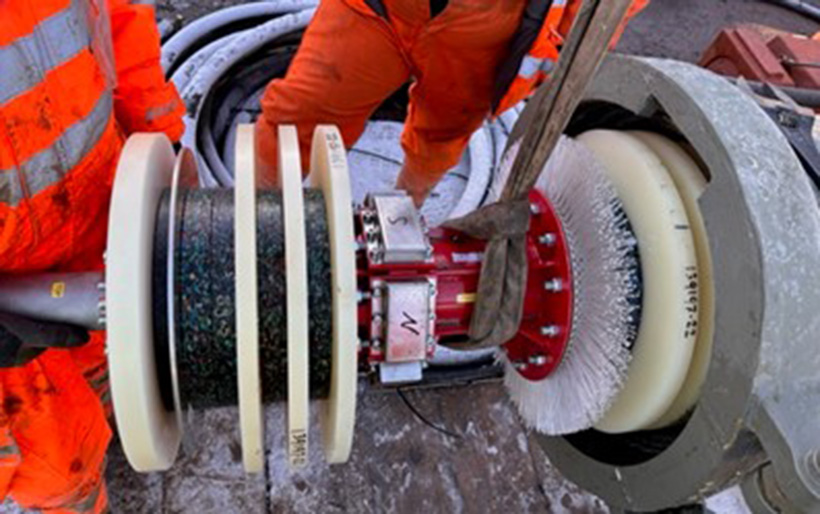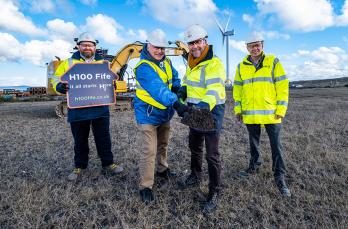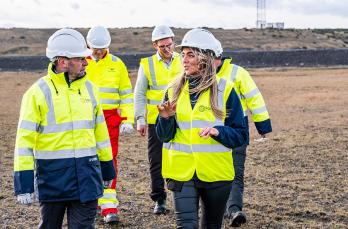
My name is Courtney West. I joined SGN as a graduate in August 2020 and work as a Project Officer on the LTS Futures project.
The transition away from natural gas will play an important role in decarbonising the UK. Our LTS Futures project is assessing the viability of repurposing our Local Transmission System (LTS) from natural gas to 100% hydrogen, which doesn’t produce any carbon when it burns. The LTS is the backbone of our energy network, delivering gas from National Transmission System (NTS) offtakes to towns and cities across the country.
It’s fantastic to have the opportunity to be at the forefront of research and development into 100% hydrogen for Great Britain’s gas network. Our work is providing key evidence in SGN’s collective strategy to strive for a low carbon future and is something I’m incredibly proud to be contributing into.
The project involves repurposing a decommissioned LTS pipeline to hydrogen through a live trial, which can only happen after we carry out a collection of tests offsite and in the laboratory. The pipeline has been specially selected because it’s statistically representative of the rest of the LTS network in the UK. The live trial is crucial as it will enable us to develop a blueprint methodology for repurposing the pipelines covering the majority of Great Britain’s 11,000km LTS network.
My role focuses on assessing the integrity of our LTS pipeline for the live trial. We’ve carried out a number of above ground surveys on the pipeline route. This includes a detailed ‘line walk’ where we walk along the length of the pipeline to assess how deep the pipeline is in the ground. We also assess any potential damages by third parties. All of this feeds into a Quantified Risk Assessment (QRA) for the live trial.
Our surveys also tested for pipeline defects including any removal of protective coating. For any areas of the pipeline route flagged, we dug down to take a closer look at the pipeline to assess and repair.
Next, we installed what we call ‘pig traps’ at both ends of the pipeline, so we could carry out -pigging operations. Pigging, or PIG for short, is the insertion of a Pipeline Inspection Gauge (PIG). This tool is pushed through the pipeline using compressed air and, not only cleans the pipeline, but also identifies any critical defects. All pigging was carried out successfully in December with results showing no damage.

We carried out a hydrotest in January to test the integrity of the pipeline. This involved filling it up with water and pressurising to a calculated level exceeding the pressure the pipeline will be exposed to during the live trial. This test is really important because it ensures the pipeline adheres to IGEM’s standards. All hydrotesting was successful, with the pipeline holding a set pressure for a 24-hour period.
Finally, we cut out a 50m section of our live trial pipeline and sent it away for laboratory testing. The 50m section was replaced with a like-for-like pipeline section. The laboratory testing is important and will inform the overall blueprint methodology for repurposing LTS pipelines for hydrogen.
The next steps for the LTS Futures project are to use all the evidence gathered to make a decision on if the pipeline can be repurposed to hydrogen and, subsequently, continue with preparations for the live trial. We must also look at designing and constructing a new pipeline which we’ll use to supply hydrogen to our live trial pipeline.




